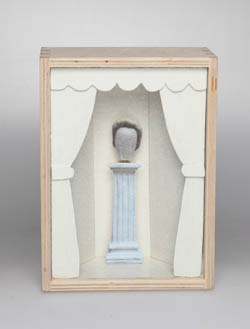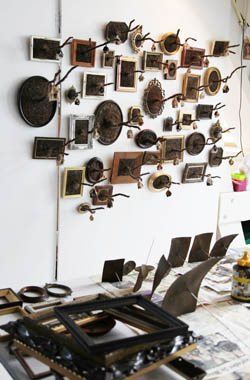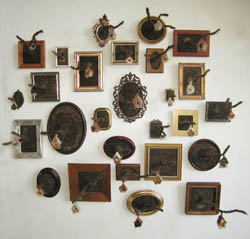Work in progress; Cape
No title yet, but the work is about both sides of seduction, who is the 'seducer' and who is the 'innocent or fictim'. This work is based on the fairytail 'Little Red-ridinghood'. The outside of the cape, about the innocent girl is ready. Now I'm working on the inside cape which represents the 'wolf'.
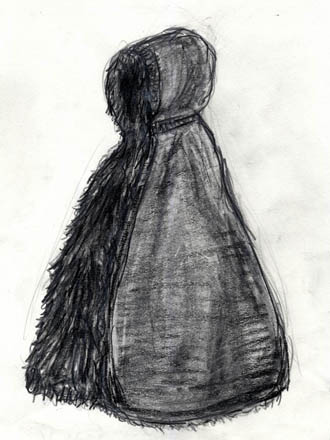 | 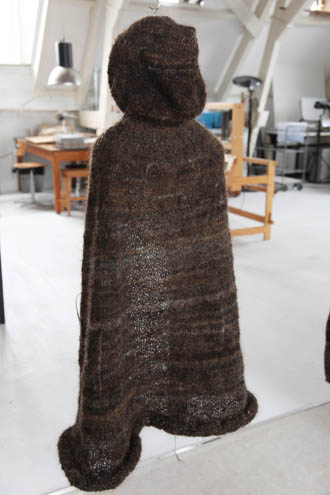 |
 |  |
First try-out of the blanket
I will let this work rest foor some days. I'm very much doubting about the suitcase.
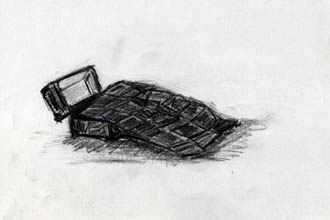 | 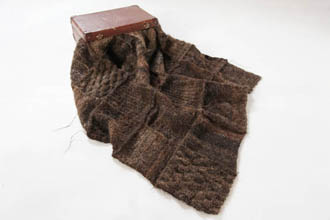 |
New works
My house, blanket and a cape.
I'm working on several works at the same time. I try to combine them into one total work about 'finding your own way'.
 |
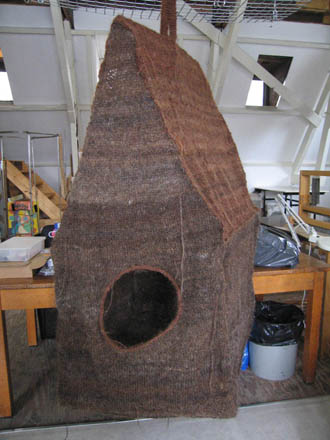 | 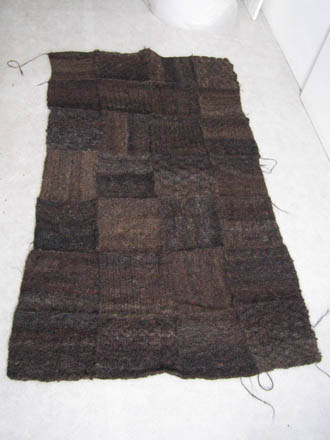 |  |
Broadcast from the SWR in Germany about the exhibition Hautnah at Villa Rot.
The exhibition will be at Villa Rot until January 31 and will continue at the Kunstferein Leonberg in Leonberg.
http://www.swr.de/bw-aktuell/-/id=98428/did=5849534/pv=video/nid=98428/igbuom/index.html
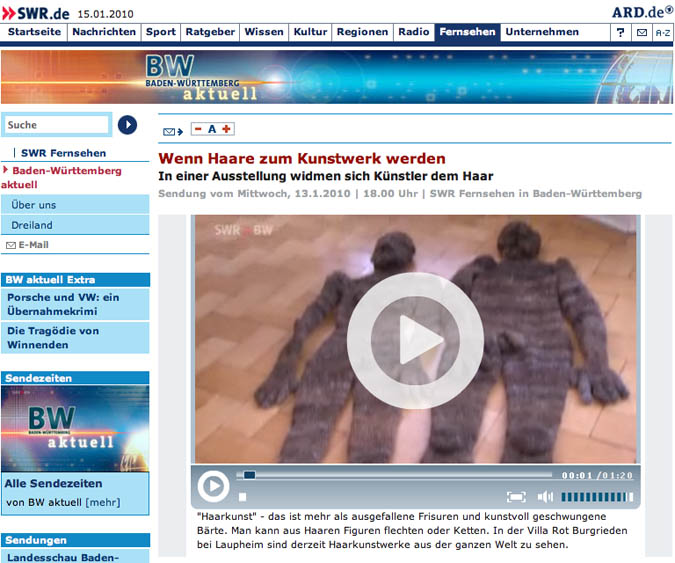 |
Interview Textiel Plus
Textiel Plus no. 210, winter 2009.
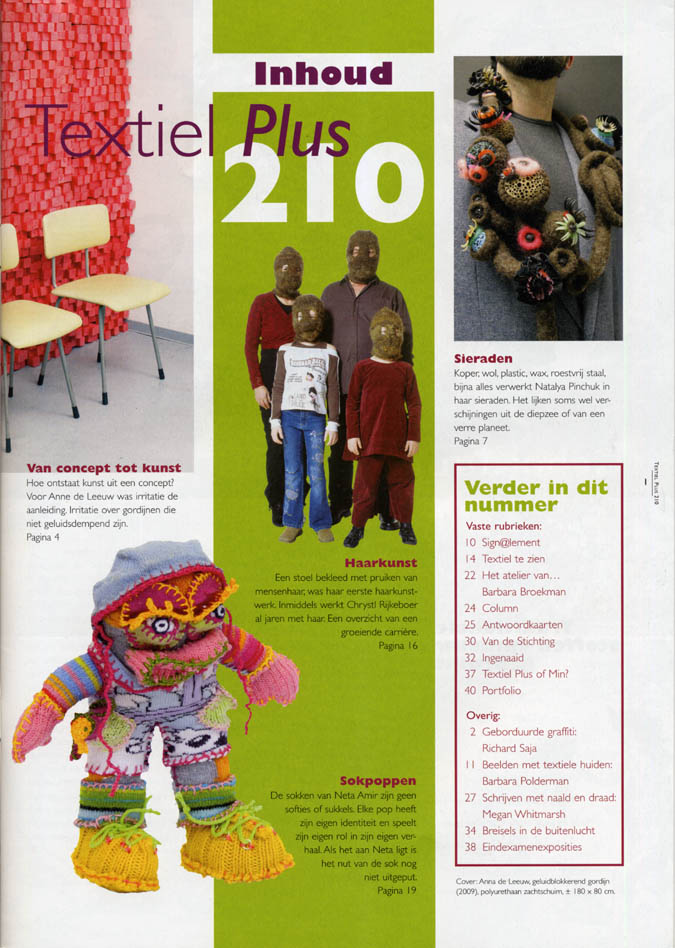 |
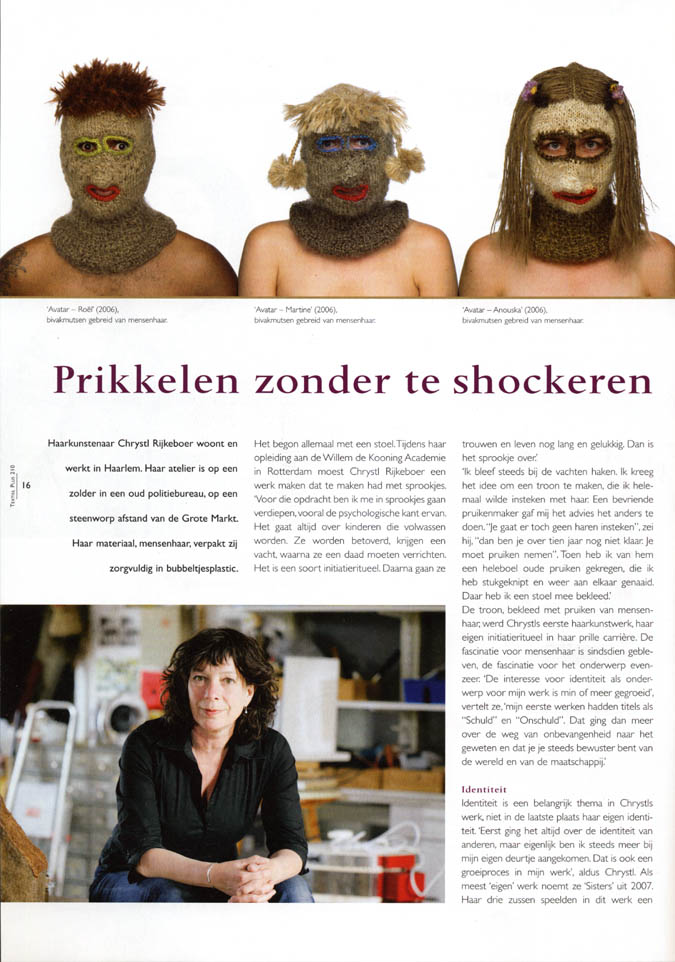 |
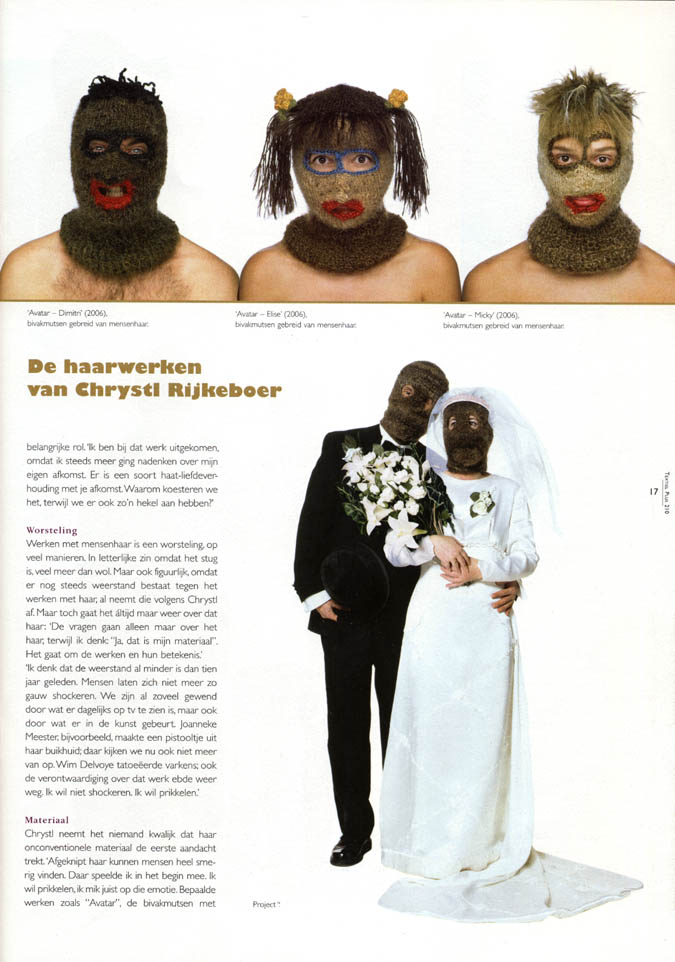 |
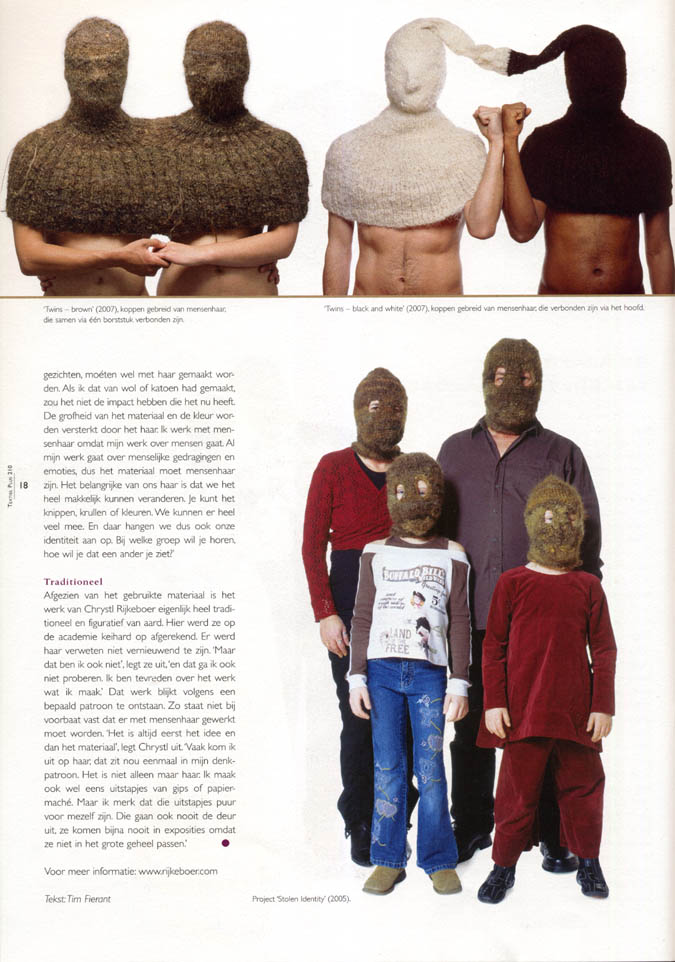 |
‘Wish I could fly’
Try-out for making stories about people and magic thinking.
 |
Home sweet Home at ArtUnit
November 2009
Each year November I show work together with Sandra Roozen at our window gallery ArtUnit.
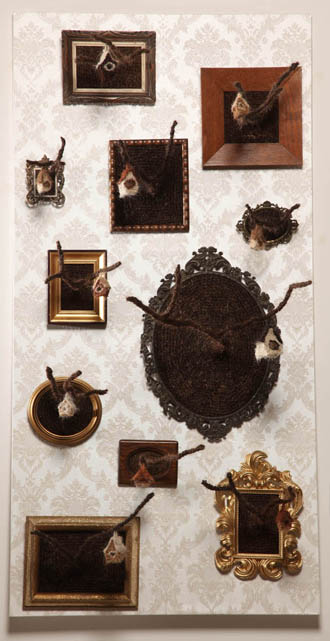 | 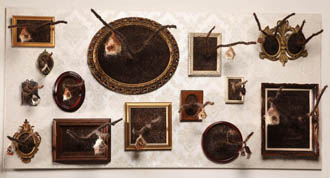 |
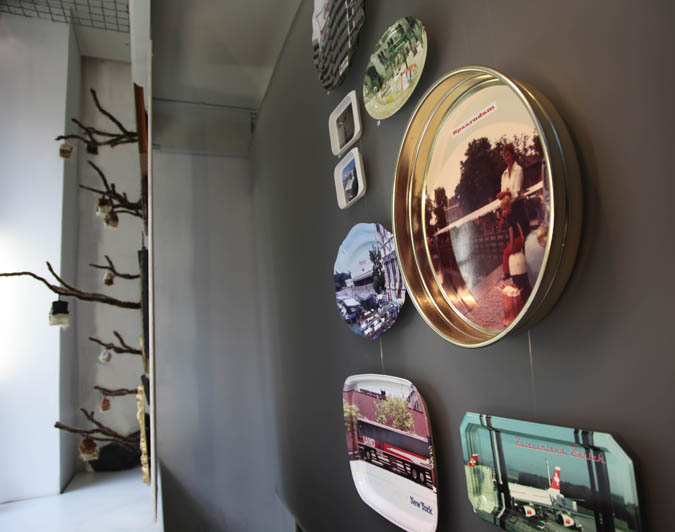 |
Van hem, naar haar, naar Hippolitushoef.
20 Years Dolly Bellefleur
I made the famous legs of Dolly specially for the show of '20 years Dolly Bellefleur, van hem, naar haar, naar Hippolitushoef.' show in the Public Library Amsterdam. My work be shown from November 10th until December 8th.
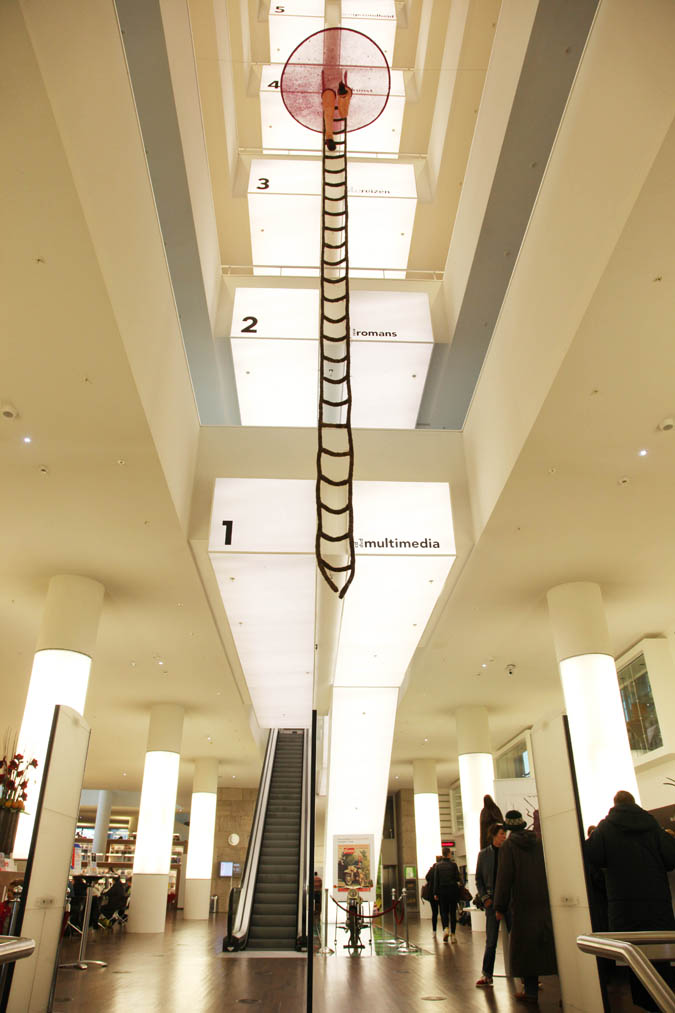 |
‘Traces of Being’
Exhibition curated by Petra Spuijbroek during the annual 'Kunstlijn' in Haarlem
‘Traces of Being’ is the openings-exhibition of the 'Haarlem Kunstlijn 2009' in the Lichtfabriek in Haarlem, curated by Petra Spuijbroek. Participating artist are: Chrystl Rijkeboer, Alet Pilon, Eric de Nie, Alice Brasser, Jos de L'Orme, Michèle Baudet, Harm van Ee, Jeannette de Bruin, Simone de Groot and Marissa Evers. The opening was done by the famous art-hysterica 'Dolly Bellefleur'.
November 6,7 and 8 2009.
 |  |  |
 |  |  |
 |  |  |
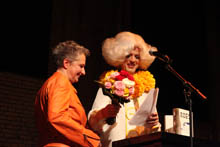 |  |  |
Exhibition Hautnah
Some bigger photos of my work in Villa Rot.
 |  |
 |  |
 |  |
Opening ‘Hautnah’
Museum 'Villa Rot'
I'm very pleased to be in the exhibition 'Hautnah', curated by Dr. Stefanie Dathe. She made a beautiful exhibition about 'Hair in art and culture'. The museum 'Villa Rot', in Burgrieden-Rot (Germany), is a small museum with bright, but intimate spaces and rooms, in which the work is beautiful presented.
I just can show a small part of the exhibition:
pict.1-my work. pict.2-Günter Weseler. pict.3-Nandipha Mntambo, Mandana Moghaddam.
pict.4- historical work and my work. pict.5 - my work. pict.6 - Bettina Zachow.
pict.7- Mariella Mosler. pict.8- Barbara E. Geyer. pict.9- Jenny Michel and Michael Hoepfel.
pict.10- Sekyung Lee. pict.11- my work. pict.12 - Ruth Marten.
pict.13- Günter Weseler, Ruth Marten, Nandipha Mntambo. pict.14- Mandana Moghaddam, Ursula Neugebauer. pict.15- Yael Davids.
 | 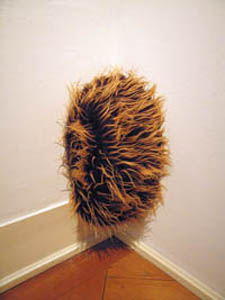 |  |
 |  |  |
 |  |  |
 |  | 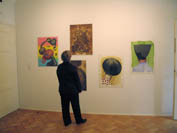 |
 |  |  |
Hautnah
Shows in Villa Rot, Germany from October 25 until January 31, 2010.
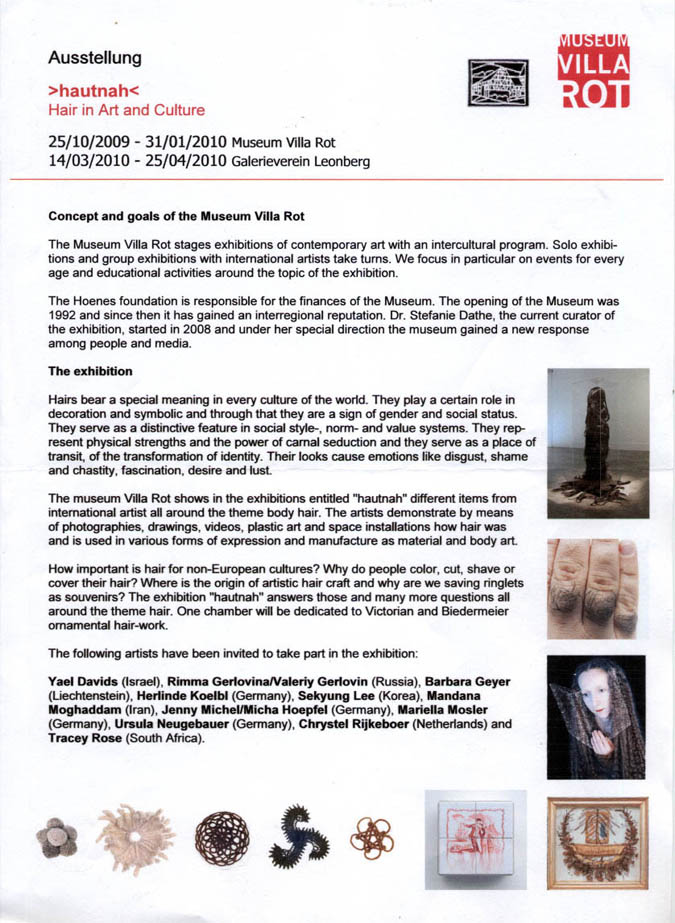 |
’ Womensworkmagazine’
Interview in the digital magazine 'Womensworkmagazine', by Marie Gibbons.
Check out this website: http://womensworkmagazine.com/
Working on ‘Here’s Dolly!’
The first try-out with the ladder.
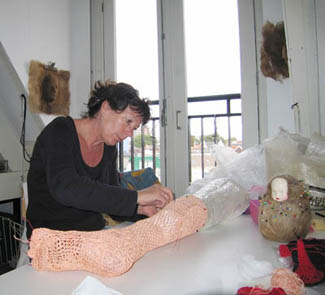 | 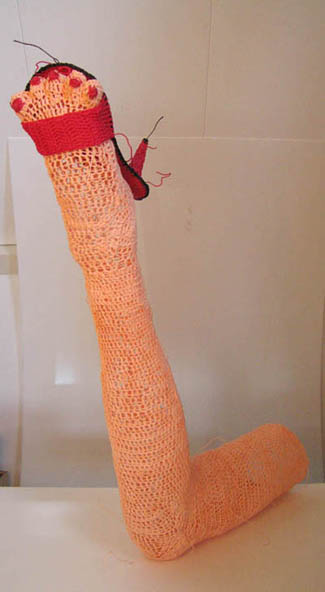 |
 |  |
My next project; The legs of Dolly Bellefleur
For my next project I will crochet the famous legs of Dolly Bellefleur. I will combine this work with an older work. 'R's Escape' togethher with 'Here's Dolly!'
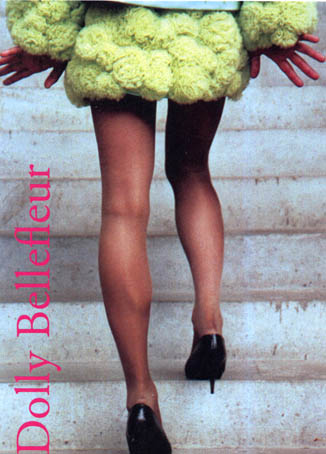 | 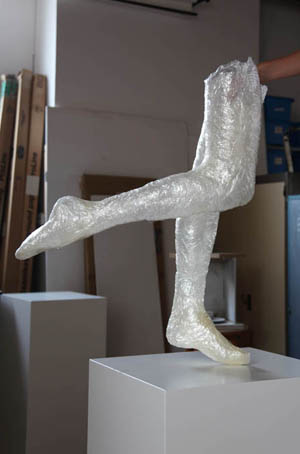 |
Home sweet Home
Finished after so many months!
The work contains 72 frames at the moment. I regard this work as finished now. Of course I will make one or two more whenever I stumble over frames I can't resist.
'Home sweet Home'
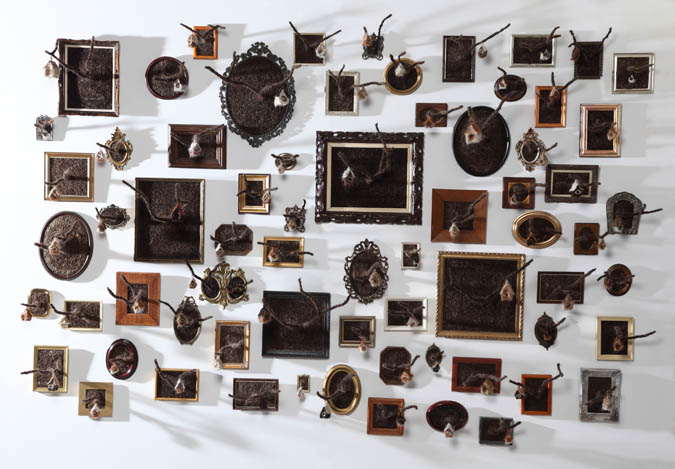 |
Don’t fence me in
Today I installed 'Don't fence me in'. This work will be shown until September 7 at 'De Vishal", Grote Markt in Haarlem.
‘Don’t fence me in’
2009
‘Don’t fence me in’, is voor mij synoniem aan; ‘Vrijheid van meningsuiting’.
Vandaag de dag een beladen veelgebruikte term vanwege de onvrede, angst en woede die binnen onze samenleving heerst. Als vertolker van deze onderbuikgevoelens en de vrijheid van meninguiting is Geert Wilders een waar icoon. Vanwege zijn standpunten hebben zowel zijn voor- als tegenstanders hem op een voetstuk geplaatst.
Wilders gebruikt zijn haardracht als identiteitskenmerk, ik gebruik dit kapsel als icoon voor zijn optreden, wat ik theatraal en gedramatiseerd vind.
‘De Kleine Zaal’ met zijn beperkte, afgesloten ruimte gebruik ik als podium voor mijn installatie ‘Don’t fence me in’ (‘beperk mij niet’). Het geheel toont zowel de onaantastbaarheid- als de kwetsbaarheid van deze boodschap.
‘Vrijheid van meningsuiting’ is een persoonlijk recht. Niet iets waar politici mee aan de haal moeten gaan en zo gebruiken voor hun eigen politieke programma.
----
‘Don’t fence me in’, for me is synonymous with ‘Freedom of speech’.
Nowadays it is an emotionally charged, much-used term because of the dissatisfaction, fear and anger, within our society. The politician Geert Wilders became a true icon as the exponent of these emotions and the freedom of speech. Because of his opinions both his supporters and his opponents, have placed him on a pedestal.
Wilders uses his hair style as a ‘characteristic trademark’, I use this hairdo as a icon of his way of action, which I find theatrical and dramatized.
‘De Kleine Zaal’, a restricted, isolated space is used as the stage of my installation ‘Don’t fence me in’. This unity shows both the unassailability as well as the vulnerability of this pronouncement.
‘Freedom of speech’ is a personal human right. Not a slogan politicians use for their own political programme.
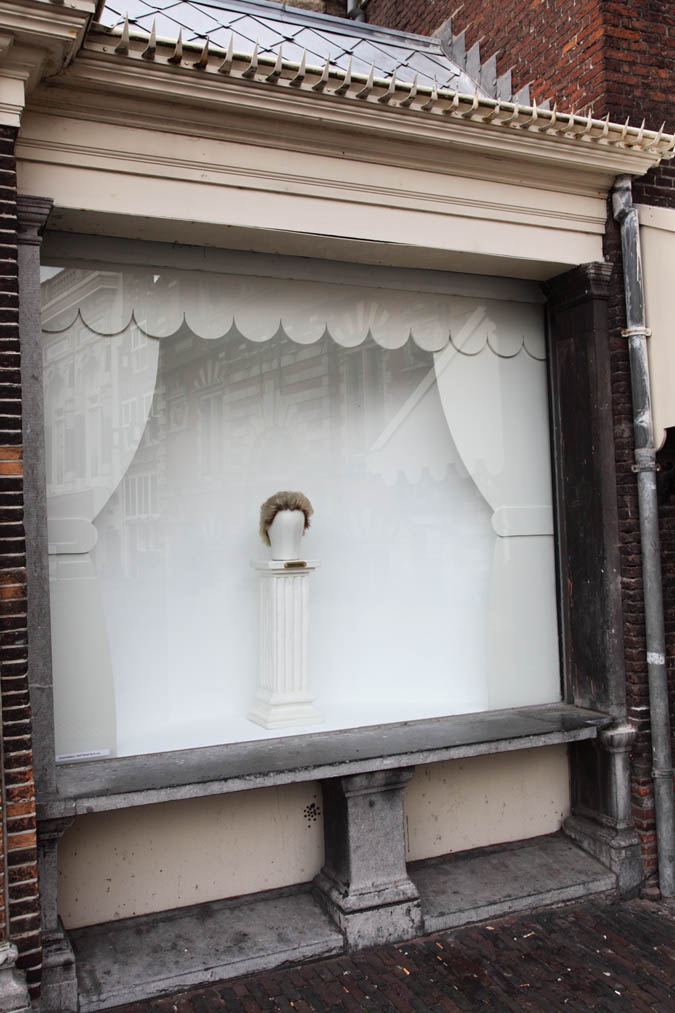 |
Don’t fence me in - Maquette
I'm making this installation for a show at 'de Kleine Vishal' in Haarlem. This work will be in the window from August 7 until September 7.
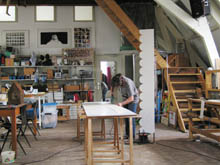 | 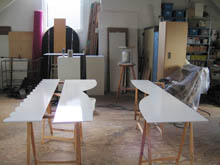 | 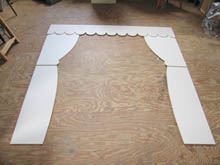 |
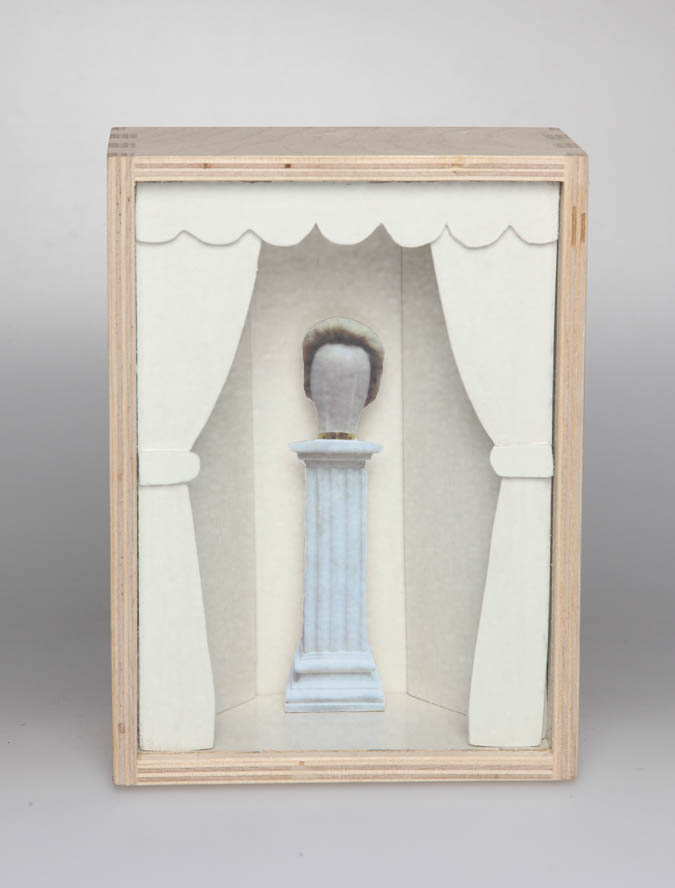 |
Home sweet Home
At last I'm getting there!
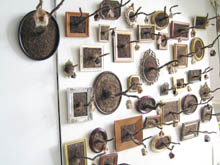 |  |  |
Still working on ‘Home sweet Home’
I think I have about 40 frames ready now.
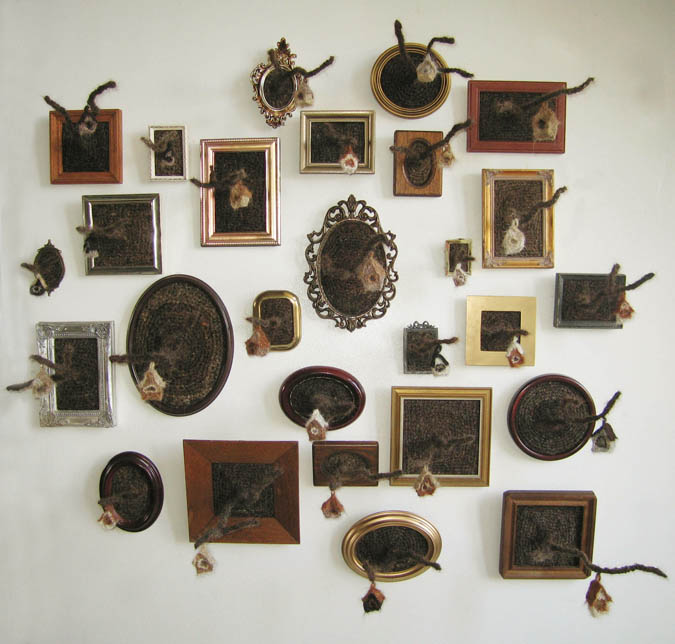 |
Previous Page | 14 15 16 17 18 | Next Page page 16 of 23 pages
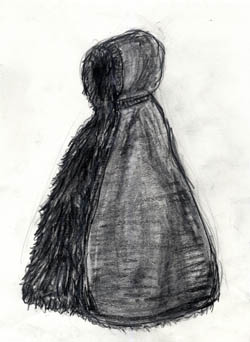
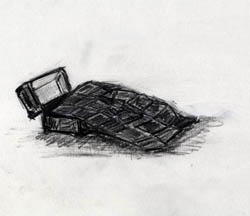

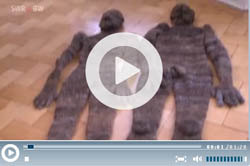
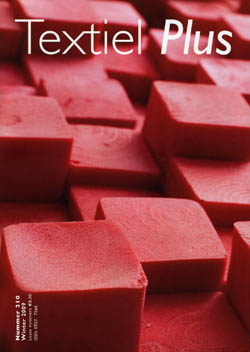

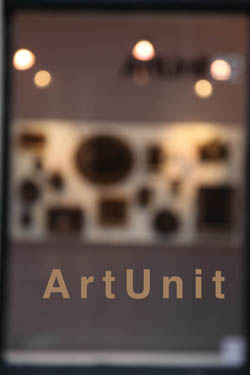
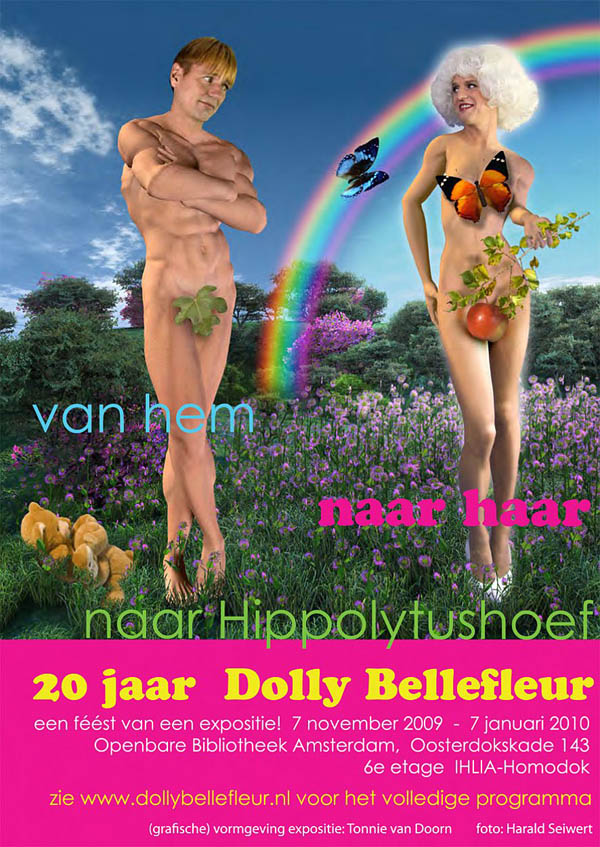

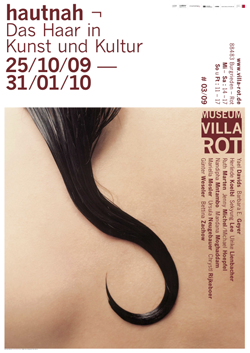

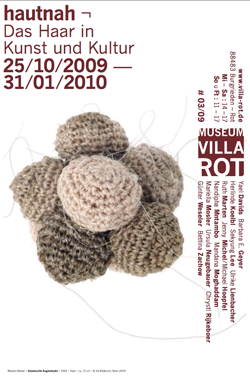

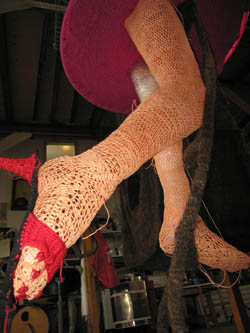
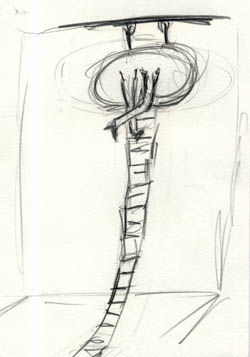
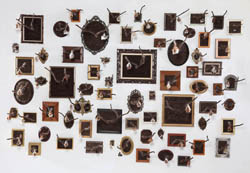
.jpg)
